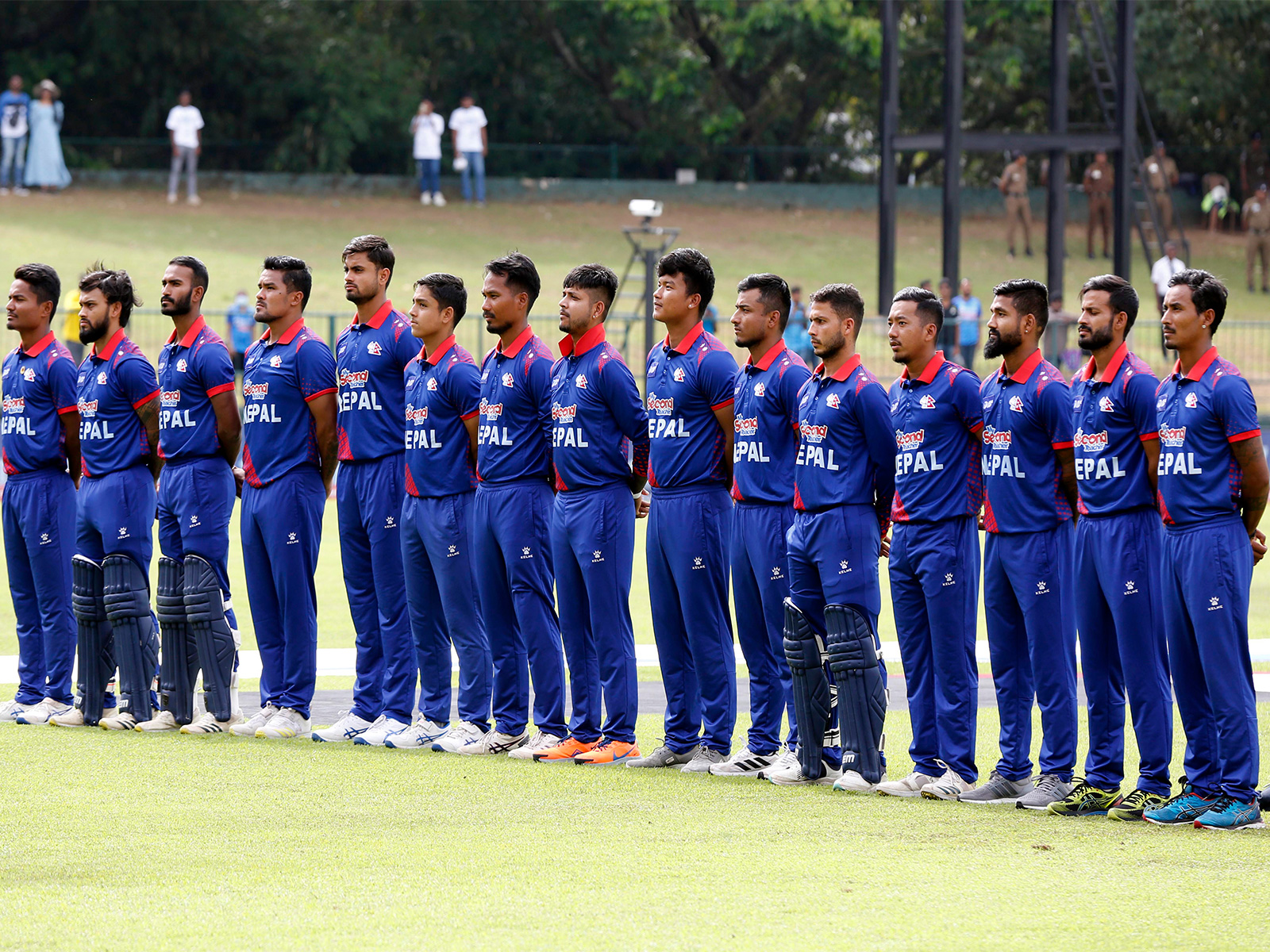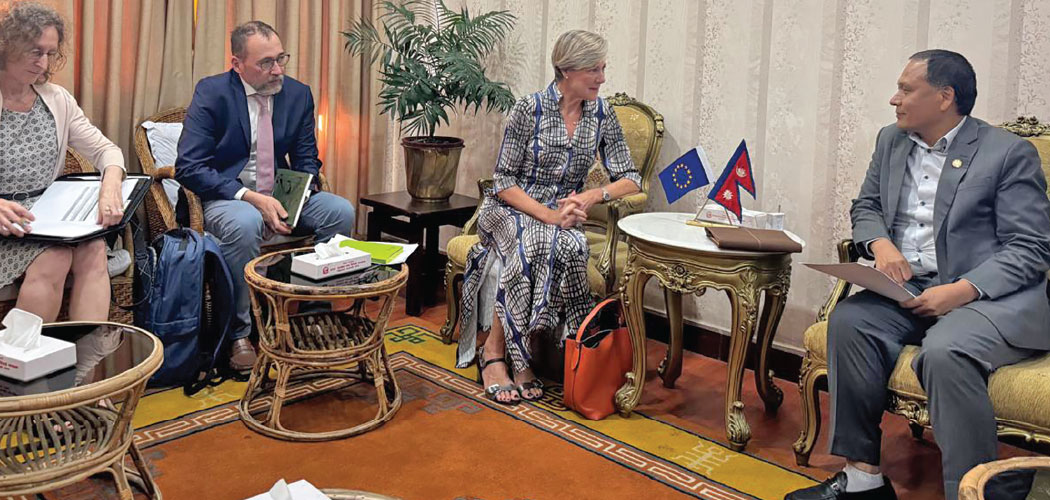Adi Shankaracharya and His Pilgrimage
Adi Shankaracharya (788–820 CE), one of the greatest Hindu philosophers and reformers, traveled across the Indian subcontinent in just 32 years of life. He established the four cardinal mathas (monastic centers) in Dwarka, Puri, Sringeri, and Badrinath to unify Sanatan Dharma and reinforce Advaita Vedanta. His journey was not only physical but also intellectual and spiritual. He revived ancient traditions, reorganized temple systems, and engaged in scriptural debates to dispel ignorance and promote spiritual unity.
Shankaracharya visited 52 Shakti Peethas and 12 Jyotirlingas, emphasizing their spiritual significance. His travels included worship at Kalika, Kamakhya, Jwalaji, Vaishno Devi, Kanchi, and Sharda Peeth, balancing Tantric and Vedic schools of thought. He introduced the Panchayatana system of worship, integrating deities such as Shiva, Vishnu, Durga, Surya, and Ganesha. His work led to a nationwide spiritual and philosophical revival.
Guru Nanak Dev Ji and His Udasi Yatras
Guru Nanak Dev Ji (1469–1539), the founder of Sikhism, undertook extensive spiritual journeys known as Udasis over 28 years. These journeys took him through India, Pakistan, Afghanistan, Iran, Iraq, Tibet, Arabia, and Sri Lanka. Unlike Adi Shankaracharya, whose focus was on Sanatan unity and Advaita philosophy, Guru Nanak’s mission was interfaith dialogue, equality, social reform, and spiritual awakening.
He visited sacred sites such as Haridwar, Kashi, Mathura, Mecca, Medina, Baghdad, Lumbini, Lhasa, Mount Kailash, and Nankana Sahib. He engaged with Hindu, Muslim, Buddhist, Jain, Sufi, and tribal spiritual traditions, preaching unity, compassion, and remembrance of the One God (Ik Onkar). Guru Nanak's message was revolutionary—challenging caste discrimination, idol worship, religious dogma, and societal inequality. His journeys laid the foundation of a faith centered on devotion, humility, and selfless service.
Pradeep Khanal’s Pilgrimage: A Modern Spiritual Renaissance
Pradeep Khanal’s modern-day yatra echoes the magnitude and spirit of his predecessors. With unwavering dedication, he journeyed to over 450 sacred sites across South Asia, blending devotion with research, service, and cultural engagement. His pilgrimage is unique in its comprehensiveness, intercultural scope, and depth of spiritual practice.
Key Sites Visited by Pradeep Khanal
Shakti Peethas (52+): Kamakhya, Jwalaji, Hinglaj Mata (Pakistan), Tripura Sundari, Jayanti Devi, Visalakshi, Kamakshi, Shankari (Sri Lanka), Manasa (Mansarovar, Tibet), Sharda Peeth (Kashmir), Kali of Kalighat, Bimala (Puri), Guhyeshwari (Nepal), Jessoreswari (Bangladesh), Kolhapur Mahalaxmi, Danteswari, Alopi (Madhaveshwari), Patneshowari, and many more.
Jyotirlingas (12): Somnath, Kedarnath, Kashi Vishwanath, Mahakaleshwar, Omkareshwar, Trimbakeshwar, Bhimashankar, Rameshwaram, Nageshwar, Grishneshwar, Baidyanath, and Mallikarjuna.
Char Dhams: Badrinath, Dwarka, Puri, Rameshwaram.
Buddhist Sites: Lumbini, Bodh Gaya, Kushinagar, Sarnath, Nalanda, Sujata Temple, Rajgir, Namgyal Monastery (Dharamshala), Kerung Monastery (Tibet), Boudhanath, Swayambhunath, and Taxila (Pakistan).
Sikh Sites: Nankana Sahib, Kartarpur Sahib, Golden Temple (Amritsar), Patna Sahib, Panja Sahib, Hemkund Sahib, and Anandpur Sahib.
Sacred Rivers and Holy Dips: Ganga (Gangotri, Haridwar, Prayagraj), Yamuna, Godavari, Krishna, Narmada (Amarkantak), Saraswati, Gandaki (Muktinath), Narayani (Devghat), Brahmaputra, Sarayu, Parshuram Kund (Arunachal Pradesh), Chakratirth (Naimisharanya), Anil Kund (Hinglaj), and Kanyakumari’s Triveni Sangam.
Distinctive Aspects of Pradeep Khanal’s Pilgrimage
1. Interfaith Harmony and Dialogue
Khanal’s journey is remarkable for its inclusivity. He visited Hindu, Buddhist, Sikh, Jain, and Islamic sacred places, respecting diverse paths to the Divine. His actions reflect unity in diversity—honoring all dharmic traditions while promoting Sanatan Dharma. His interactions with monks, sadhus, gurus, and clerics fostered spiritual solidarity.
2. Preservation of Heritage
At each site, Khanal documented historical, architectural, and cultural information. He recorded oral histories, legends, and rituals—creating a living archive of South Asia’s spiritual geography. His efforts contribute to preserving endangered traditions, some of which are at risk due to conflict or modernization.
3. Spiritual Practice and Discipline
Unlike ordinary pilgrims, Khanal immersed himself in rituals—performing homas, yagyas, poojas, mantra sadhanas, fasting, and meditation. He undertook these practices not for spectacle but for personal transformation and communal upliftment. This rigorous commitment bridges the gap between scholarship and spiritual experience.
4. A Global Spiritual Initiative: Shiva-Shakti Maha Samagam
Building upon his pilgrimage, Khanal and his team have envisioned the Shiva-Shakti Maha Samagam, to be held in Ujjain in November 2025. This mega event will bring together:
Chief Priests of 52 Shakti Peethas and 12 Jyotirlingas
All four Shankaracharyas
Buddhist Lamas
Sikh Gurus and Jain Acharyas11.
International spiritual leaders and scholars
The event aims to promote Sanatan Dharma, interfaith harmony, religious tourism, and cultural exchange on a global platform. It is inspired by the traditional Kumbh Melas and Adi Shankaracharya’s unifying vision.
5. Documentation for Posterity
Khanal’s journey is being documented in multiple formats:
A forthcoming book titled “4 Adi Shakti Peeths, 18 Maha Shakti Peeths, 52 Shakti Peeths”
A photo and video archive
A two-year documentary project capturing sacred sites across India, Nepal, Sri Lanka, Tibet, Bhutan, Bangladesh, and Pakistan
These materials will serve as educational and inspirational resources for generations to come.
6. Spiritual Diplomacy and Global Engagement
Pradeep Khanal’s mission extends beyond borders. He has met with heads of state, religious leaders, and international dignitaries to promote peace, dharma, and cultural unity. His initiatives reflect “soft power” rooted in spiritual values—something both timeless and timely.
He has conducted programs at the British Parliament, met SAARC leaders, and collaborated with the International Friendship Society Nepal. His pilgrimage thus becomes a form of cultural diplomacy—linking civilizations through sacred narratives.
7. Inspiration for Future Generations
In an age of materialism, Khanal’s journey revives the spirit of renunciation, service, and inquiry. His story resonates with youth seeking meaning, roots, and transcendence. By walking the ancient path with modern tools, he bridges past and future.
Conclusion
Adi Shankaracharya revived Vedanta and institutionalized Hindu unity. Guru Nanak Dev Ji defined faith through compassion and divine remembrance. In the contemporary world, Pradeep Khanal’s pilgrimage rekindles the sacred geography of South Asia, reaffirming the spiritual unity that transcends time and tradition.
His pilgrimage is not just an act of personal devotion—it is a collective awakening, an archive of dharma, and a model for inclusive spiritual practice. Through faith, perseverance, and vision, Khanal has created a living legacy—connecting ancient wisdom with global consciousness.
His mission stands as a beacon of peace, harmony, and spiritual revival. As he continues his work through books, documentaries, and gatherings like the Shiva-Shakti Maha Samagam, his life journey will inspire millions to rediscover the sacred within and around them.
Pradeep Khanal’s pilgrimage is a path for the present and a roadmap for the future—a testament to what devotion, discipline, and dharma can achieve in our time.
Vellore, Tamilnadu




